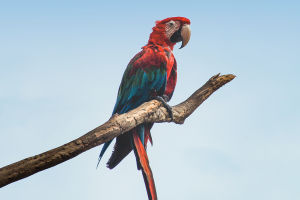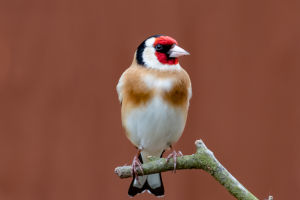Common Bottlenose Dolphin
The common bottlenose dolphin is one of the most well-known and beloved marine mammals worldwide.
Renowned for their intelligence, sociability, and playful behavior, these dolphins are often seen gliding through coastal waters, performing acrobatic leaps, and interacting with humans.
Found in oceans and seas around the globe, common bottlenose dolphins have become symbolic of ocean life and are a frequent sight in aquariums and wildlife documentaries!
1. Physical Characteristics
Adult bottlenose dolphins can range from 2 to 4 meters (6 to 13 feet) in length and weigh between 300 and 600 kilograms (660 to 1,320 pounds). Their dorsal fin, located on their back, is tall and curved, aiding in stability and maneuverability while swimming. Beneath this skin lies a layer of blubber, which helps insulate the dolphin in varying water temperatures and also serves as an energy reserve.
Bottlenose Dolphin Facts: ANIMALS that use TOOLS! 🐬 Animal Fact Files
Video by Animal Fact Files
2. Behavior and Social Structure
Common bottlenose dolphins are highly social animals, often living in groups known as pods. A typical pod can consist of 10 to 30 individuals, but larger groups, called superpods, can form in areas with abundant food, sometimes numbering in the hundreds. Dolphins within a pod cooperate for hunting, protection, and social interaction, displaying strong bonds that can last for years.
3. Habitat and Distribution
They prefer coastal areas but are also frequently seen in deeper offshore waters. Bottlenose dolphins are highly adaptable, thriving in a variety of habitats, including bays, estuaries, and river mouths. Their adaptability allows them to live in both warm tropical waters and colder regions, though they are less common in polar waters.
4. Diet and Hunting Techniques
The diet of the common bottlenose dolphin consists primarily of fish, squid, and crustaceans. They are opportunistic feeders, meaning they adapt their diet based on the availability of prey in their environment. One of the most remarkable hunting methods used by these dolphins is known as strand feeding, where they chase fish onto the shore and then momentarily beach themselves to catch the prey before wriggling back into the water.
5. Intelligence and Learning Abilities
They are one of the few species in the animal kingdom that can pass the mirror test, meaning they can recognize themselves in a mirror, a sign of self-awareness. In captivity, bottlenose dolphins have demonstrated the ability to learn complex tricks and problem-solving tasks, further showcasing their cognitive abilities.
6. Conservation Status and Threats
While the common bottlenose dolphin is currently listed as Least Concern. One of the primary threats to bottlenose dolphins is entanglement in fishing gear, particularly in gillnets and trawls, which can result in injury or death.
By raising awareness and supporting conservation initiatives, we can help protect these magnificent creatures and ensure that they continue to thrive in our oceans for generations to come!


